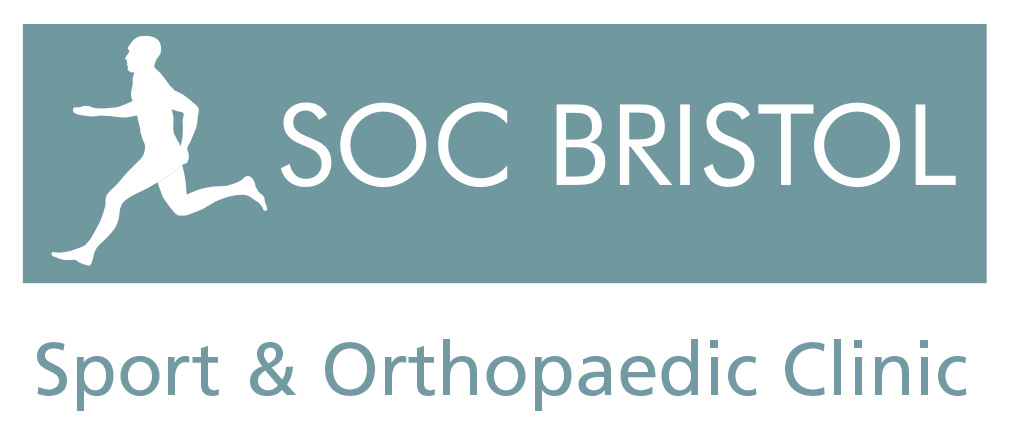Surgical repair of the Distal Biceps Tendon.
Indication:
Complete rupture of the distal Biceps tendon results in weakness of 30-40% of supination (rotation of the forearm, palm down to palm up).
Anaesthetic:
The surgery is typically undertaken with a general anaesthetic (fully asleep). Local anaesthetic is added at the time of surgery to improve pain relief following surgery.
Structures involved:
The Biceps starts with two tendons at the shoulder. The main tendon is the Short Head Biceps that originates from the Coracoid process of the Scapula (shoulder blade). The Long head Biceps is a small but long tendon that starts at the top of the Glenoid (the shoulder socket).
The two top tendons merge to form the Biceps muscle.
The distal tendon at the elbow attaches on to the Radius, one of the two bones that make up the forearm. It attaches on to a prominence or bump on the radius called the Radial Tuberosity.
The tear of the distal Biceps normally occurs at the point of attachment on to the radius.
The Biceps and the tendon typically retracts upwards at the front and above the elbow.
Procedure:
There are a variety of different options for surgical incision, varying in terms of scar size, position and number.
The approach allows the identification of the tendon and the re-fixation of the tendon to the bone.
There are also a number of different means of fixing the tendon to the bone using screws, anchors or buttons.
Incision and Dressings:
The wounds are typically closed with a dissolvable suture and covered with Steri-StripsTM and OpsiteTM dressings. These are splash resistant but not water proof. A plaster or brace is often applied to keep the arm flexed and the repair protected.
Admission and Discharge:
You will normally be admitted the day of surgery and go home the same day. It may be necessary for you to stay in overnight particularly if you do not have a responsible adult to keep an eye on you overnight or if your operation is late on in the day.
Rehabilitation:
The physiotherapist will go through the rehabilitation guidance with you before you are discharged home. The hand may be used for light activities from the first day as pain allows but should be rested.
The wounds will take approximately 2 weeks to heal and should be kept clean and dry during this time. The clear OpsiteTM dressing may be left until then.
A return to sporting activity is typically between 4 and 6 months post surgery.
Please see the postoperative rehabilitation guidelines.
Risks associated with surgery:
All operations are associated with a degree of risk, complications associated with a Distal Biceps are reported in between 10% and 40% of cases. Most of these are minor but significant complications may occur in approximately 5% (1 in 20 cases).
The risks of surgery are increased if you smoke or are over-weight.
The following risks are those that are serious or most commonly reported in the literature.
Infection (2-3%):
Infection in elbow surgery is uncommon. The risk is sufficiently low that antibiotics are often not routinely given. If an infection were to develop it is typically a superficial infection, which can be treated with oral antibiotics. Rarely does an infection develop that requires re-admission to hospital and surgery to wash the infection out.
Anaesthetic Risks (<1%):
Anaestheic complications are rare but include Heart Attack (Myocardial Infarction, MI), Stroke (Cerbero-Vascular Accident, CVA) and a clot in the leg (Deep Vein Thrombosis, DVT) or lungs (Pulmonary Embolus, PE).
Neuro-Vascular Damage (15% - Minor / 2% - Significant):
Damage to nerves or blood vessels is rare with an open tennis elbow release. The risk of a nerve injury following arthroscopic or keyhole elbow surgery is low but injuries occur and care is required to minimise this risk.
Stiffness (1-10%):
The elbow is sensitive to injury or intervention and may respond by becoming stiff. A slight loss of extension (straightening) of the elbow may occur and persist but is rarely significant or impairing. Very rarely the recurrence of stiffness is such that a repeat procedure is indicated.
Change in symptoms:
The probability of symptom improvement is high it remains possible but rare that symptoms may remain unchanged or deteriorate. Following repair strength should to approximately 80-90% of normal.
Heterotopic ossification (2%).
Additional bone that is produced in the soft tissues around the surgical repair that may lead to the restriction of elbow and wrist movement. The button technique is designed to limit this complication by avoiding unnecessary exposure of the bones and in particular the Ulna.
Re-rupture (1-2%)
There is always the risk of re-rupture following repair. Compliance with post operative rehabilitation is important in minimising this risk.
Arthritis:
It is unlikely that the surgery itself would predispose the elbow to arthritis.

